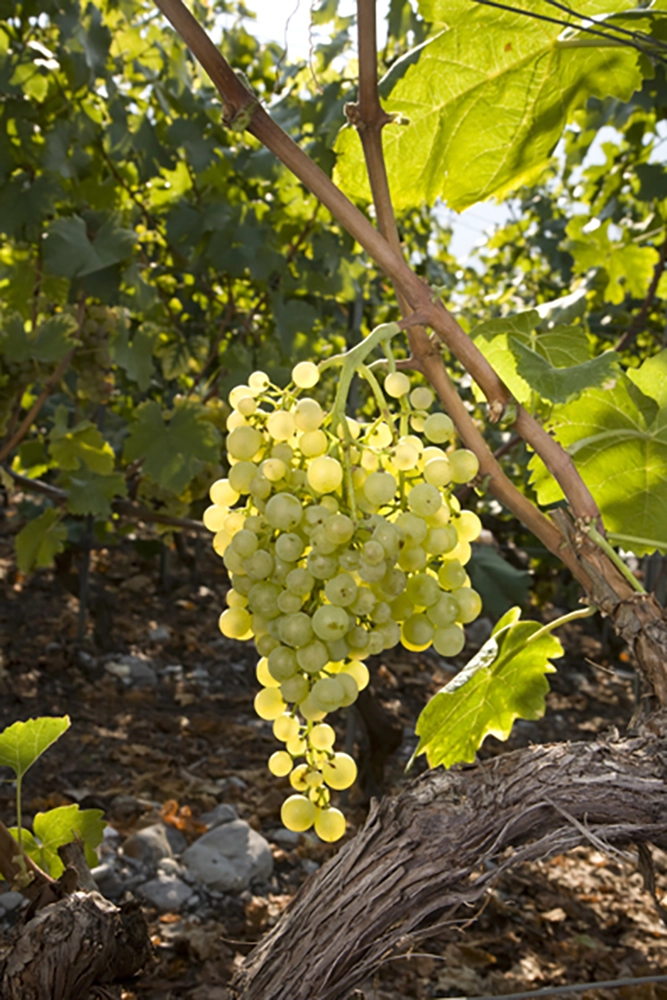Amigne, first mentioned in the 17th century

Amigne is an ancient and rare Valais grape, which appeared in documents for the first time in 1686, in the “Book for work in the vines”, by the banneret (local official) of Riedmatten.
The grape appears in the accounts for harvests, along with Arvine, Humagne, Rèze, Gouais and Muscat. This exceptional document reports that on 18 September 1686 “a ½ charet of Amigne and 2 boos of Regis” [Rèze] were harvested between Granges and Noës. The first mention of Amigne is thus located between Sion and Sierre. Vétroz today is almost the only area where the grape is grown.
This 17th century book also shows us that the most abundant grape harvested is Humagne, followed by Muscat and Gouais Blanc. Arvine and Amigne, little mentioned, are already rare grapes.
Sourced from
VOUILLAMOZ José, « Premières mentions de l’Arvine et de l’Amigne au XVIIe siècle » in Histoire de la Vigne et du Vin en Valais : des origines à nos jours, Sierre-Salgesch, Musée valaisan de la Vigne et du Vin, Gollion, Infolio, 2009.
© copyright Musée du Vin - Webdesign | bebold


